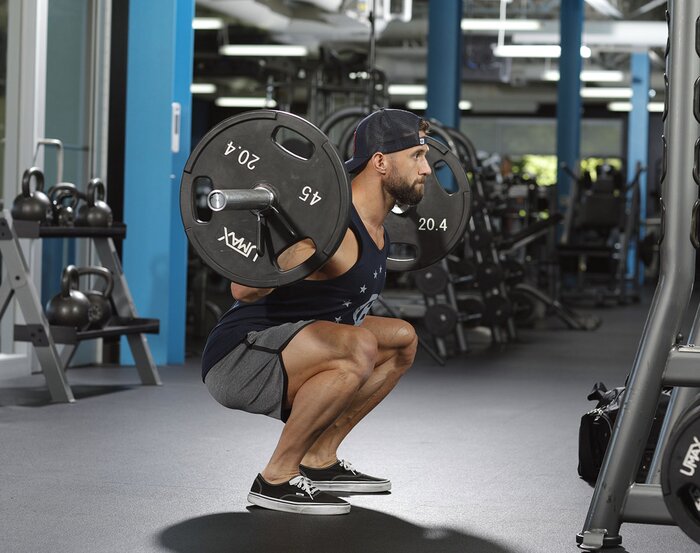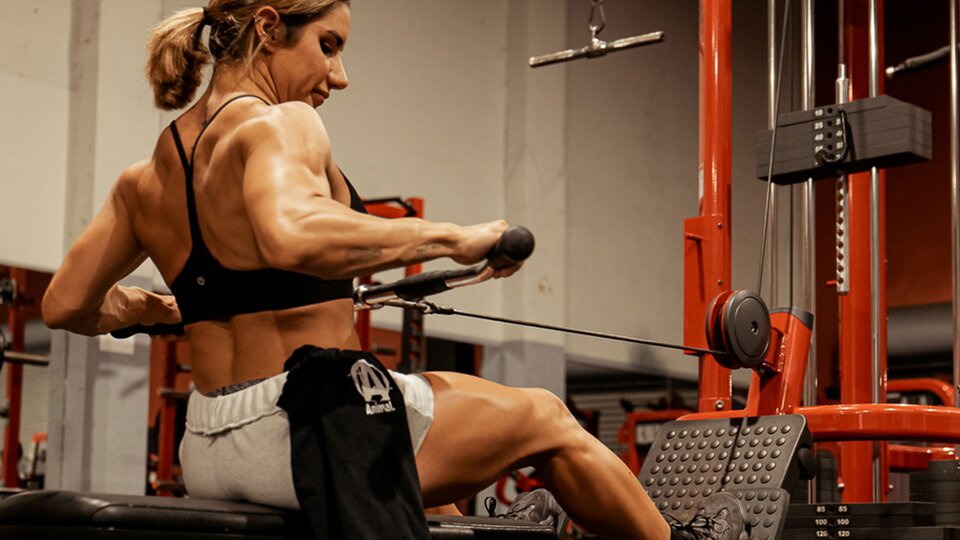Are Isolation Movements Better for Muscle Growth? | Which Comes First: Strength or Hypertrophy? | Do I Need Rest Days? | Overtraining vs. Overreaching | How to Balance Volume and Intensity | The Power of Autoregulation
Periodization in powerlifting training is often underappreciated at best, or completely butchered at worst.
On one hand, we can find lifters running the same monotonous scheme of reps and sets for months on end with no concept of progressive overload wondering why they aren’t making any progress.
On the other hand, we have lifters who redline every single workout, maxing out at RPE 20 for each and every set, also wondering why they’ve hit a plateau in their performance.
The ideal combination of volume and intensity must shift over the course of a training macrocycle to mitigate fatigue and maximize gains. Finding that balance between how much work you’re doing with total reps, sets, and load (volume) how heavy you’re lifting (intensity) is crucial to ensure that you make progress, avoid injury, and are as prepared as possible for meet day.
Defining the Ideal Balance
Fitness and fatigue tend to be inversely related, so if the goal is to optimize performance and progress, excessive fatigue is the enemy.
Balance ideal training volume and intensity with the ideal products to maximize your gains.
The athlete who frequently exceeds his own capacity for training volume and intensity won’t succeed in the long run. More is not always better! Yes, it feels great to push past barriers in training—which can be done strategically—but what matters most is that you execute just enough volume to drive the desired adaptations without impeding your performance in future sessions. This target is known as your maximum recoverable volume (MRV).
At the other end of the spectrum is the athlete who consistently trains well below his capacity, unable to provide a strong enough stimulus to elicit muscle growth and strength gains. This athlete may need a boost in volume to achieve the appropriate loading dosage. This concept is known as your minimum effective volume (MEV)—the threshold of work that must be reached in training to make steady, noticeable improvements.
What the Science Says
Research has shown that anywhere from 5-20 sets per week can be enough to drive strength and hypertrophy gains. That’s a pretty large range. Moreover, “high volume” is relative to each individual athlete, meaning high volume for one person may be well below another athlete’s MEV.
Instead of assigning yourself an arbitrary number of sets to break through a training plateau, try boosting your current volume by 20 percent, monitoring your progress for 8-12 weeks, and re-assessing from there.

Here are a few questions to ask yourself when monitoring your progress:
If strength is your goal:
- Am I getting stronger?
- Am I lifting the same weight for more reps or at a lower RPE value?
- Am I getting more run-down and the weights just aren’t going up?
If muscular hypertrophy your goal:
- Am I putting on lean muscle mass?
- Can I see positive changes in body composition?
- Am I incredibly sore/unable to keep up with the training frequency and intensity?
Ideally, volume and intensity will intermingle within a periodized training program. While there are many ways to create periodization, one of the simplest ways is to alternate accumulation with intensification, working towards a final peaking phase prior to competition.
During the accumulation phase, also referred to as the hypertrophy phase, volume is high and intensity is moderate. This 4-6 week phase is when the lifter sees the greatest gains in work capacity, skill acquisition, and muscle size.
Next comes the intensification phase, which is when—you guessed it—intensity increases. While the number of sets may slightly decrease during these 3-6 weeks, overall work done is expected to increase during this phase. Fatigue is high during this phase, but things really start to come together in terms of noticeable progress.
As the competition approaches, taper volume back even more during the 1-2 weeks of the peaking phase. This is to prevent unwanted fatigue accumulation, which could be detrimental to an athlete’s performance on meet day. During this time, intensity stays high to provide adequate stimulus for maximal force production, while performing fewer sets helps mitigate the risk of excessive tissue damage and subsequent inflammation that can be associated with high-volume training.
Volume and intensity play a never-ending game of cat and mouse as you chase maximum gains with minimal fatigue. If you follow the program and everything goes as anticipated (which, I might add, it rarely ever does), you’ll be perfectly peaked for your testing day and as prepared as possible to take that barbell for a ride.

